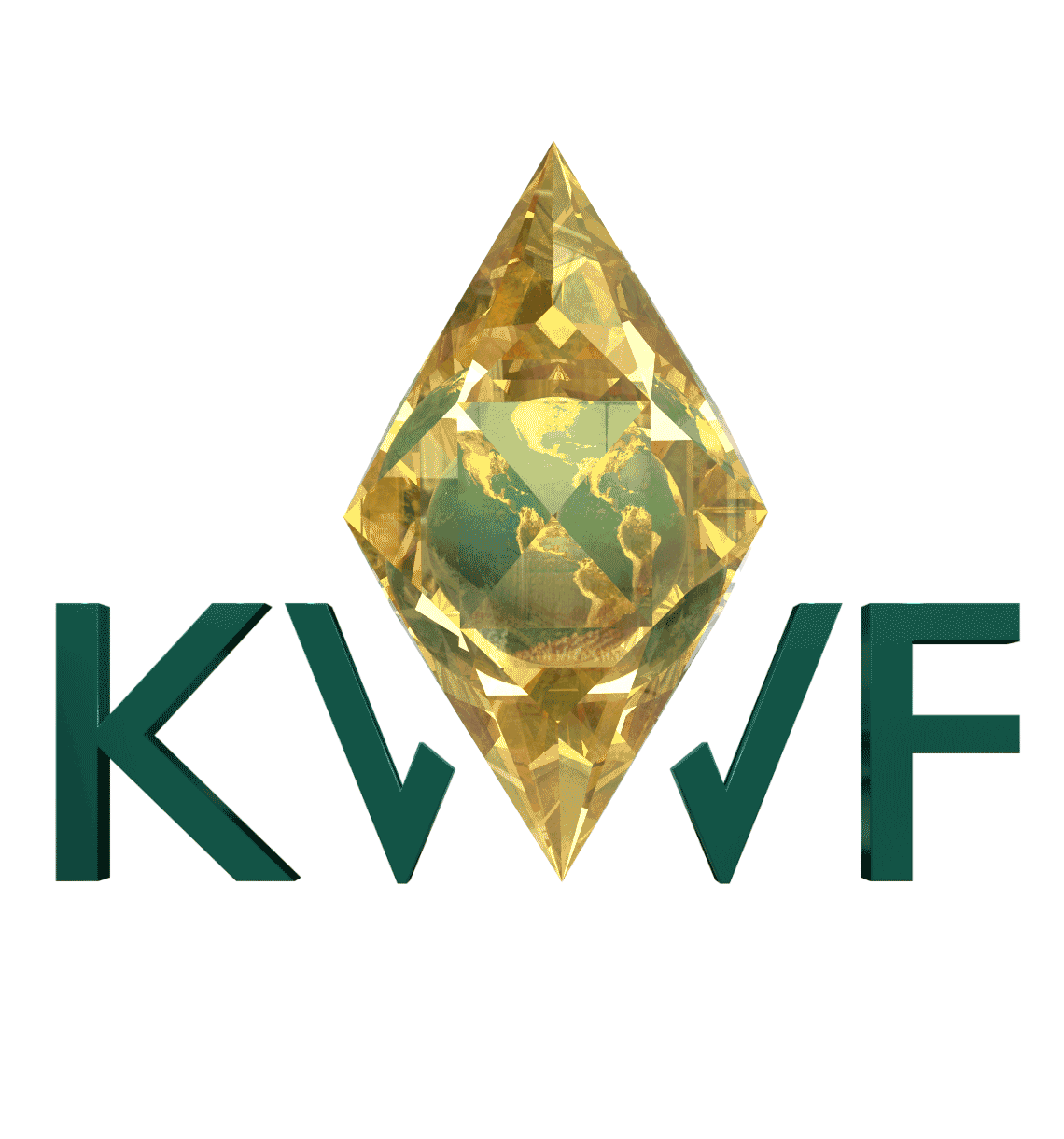Project Trinity: Tracking the Himalaya’s Elusive Apex Predator
- Kashmir World Foundation

- Sep 29, 2022
- 4 min read
Updated: Jul 10, 2024
Written By: Yunling Ying
Consulted by: Daan Eeltink
Edited by: Kate Chiriboga
Sep 12, 2022
Hiding throughout the snowy mountain brush and rocky terrain, the Himalayas are home to one of the most elusive big cats in the world, the Snow Leopard. As a big game hunter and the apex predator of the Himalayan habitat, tracking the population size, migration patterns, and birth rate of the Snow Leopard is integral to understanding the health and stability of the ecosystem as a whole. Apex predator populations thrive when there is an abundance of prey at the bottom of the ecological pyramid, and low energy production from plants and organisms at the bottom of the food chain sends cascading effects up the trophic levels.
Tracking the Snow Leopard population is no easy task. Biologists must place camera traps throughout a predetermined sample area and manually inspect hundreds of thousands of images received from the cameras. Additionally, this process is completed by hand, requiring them to walk through dangerous terrains and weather conditions. Information about the position of the camera traps, such as GPS location, terrain type, and lure type, is written down manually, leaving margin for error in tedious work conditions.
In order to streamline the tracking process and allow scientists to gather data more efficiently, interns at the Kashmir World Foundation set out to improve the data collection method by developing software, hardware, and developing a blended-wing-body aircraft to retire the need for manually tracking camera traps, in a project known collectively as Project Trinity.

Project Trinity developers checking last-minute details before a test flight
The main focus of Project Trinity is the development and testing of Eagle Ray, a new class of aircraft with endurance, altitude range, speed range, and maneuverability unmatched by any other aircraft in its class. As explained by key engineer Ronald Pandolfi: “These breakthroughs in performance reflect new design methods, advanced composite materials, and unique manufacturing processes. They will enable Eagle Ray to climb from sea level to over 5,000 meters altitude, and stay on station near the mountain during winds, snow, hail, and rain.”
Eagle Ray has the capacity to automatically execute flight paths and includes onboard image processing capabilities, allowing it to scan for animals, poachers, and harmful Snow Leopard traps through the brush terrain. The drone can alter its flight path without remote piloting through A.I. technology embedded into the drone software. This allows Eagle Ray to self-manipulate its data collection path to detect high-quality, detailed data on identified objects. When poaching traps or poachers are detected, scientists and authorities are notified immediately through a specialized mobile app & desktop software so protective measures are taken without delay. The desktop software also employs algorithms that sort and identify wildlife from trap photos within minutes instead of requiring days of labor by biologists, along with managing flight patterns and monitoring incoming data from drone flights.

Members of the Draco Team examining autonomous flight software performance from remote locations all over the world
A secondary component, the GeoSnap mobile app, aims to ease data collection inconveniences for researchers in the field while Eagle Ray and the camera traps are being redesigned to wirelessly communicate. App developer Abimalek Mekuriya describes it as: “The GeoSnap mobile app focuses on reducing sources of error that could occur due to mistaken data entry by automating the process as much as possible.”
Even after wireless updates are completed, GeoSnap will continue to modernize the process of installing, documenting, and retrieving traps using GPS tracking technology. The app verifies that traps are positioned inside the predetermined area of study, maximizing efficiency. Scientists can also collect photos and notes into the app directly, digitizing previously paper records into a centralized database of information on the Himalayan ecosystem.
Speaking on the development process, Mekuriya states: “Developing the GeoSnap app has been somewhat of a difficult task, especially using android studios as well as working around the existing requirements for the app to function without internet access, although we’ve definitely been working hard on overcoming these challenges.” He and his team have worked through many other similar roadblocks to create a serviceable platform for researchers.

Eagle Ray prototype operated by intern Kavya in midair flight
One of the masterminds behind the work of Project Trinity, Team Lead Daan Eeltink of The Draco (A.I.) Team, reflects on the impact that his work has left him with: “Practical exposure to the development of the A.I. components of Project Trinity has taught me a lot about how theoretical ideas can be applied in the real world. It continues to amaze me how accurately A.I. can identify animal species in camera trap data, though it turns out there are many more factors to consider than I initially expected. I found it very motivating that our work will be used to help save biologists days of labor.”
If you have taken an interest in Daan’s work developing A.I. technology and designing drone software, consider applying to KwF’s internship program. The KwF values the input of young people and provides real-world work experiences for students with developing interests in many different fields. Internship inquiries and questions can be directed to info@kashmirworldfoundation.org.
If you or your academic institution would like a comprehensive educational book for children grades 4-6 about the work of Project Trinity and the conservation of snow leopards, please consider reaching out to info@kashmirworldfoundation.org for copies of our newly developed coloring book, Wildlife Adventures: Snow Leopard Edition. The book is free for all educational institutions through the end of 2022. More information can be found at https://www.kashmirworldfoundation.org/post/inspiring-the-next-generation-to-be-active-in-wildlife-conservation.





Comments